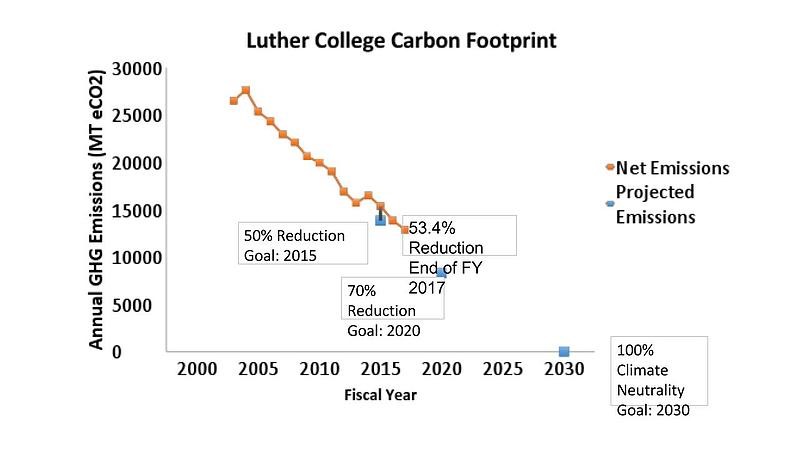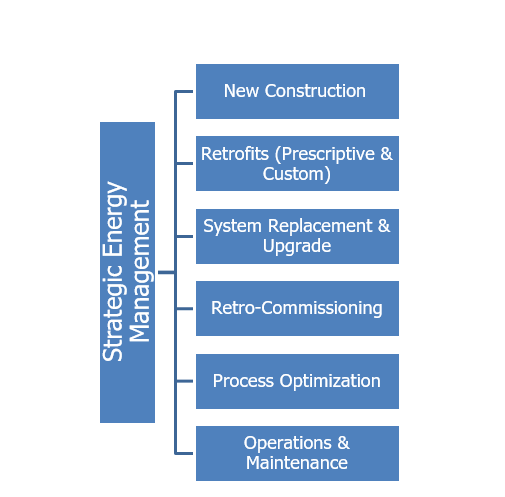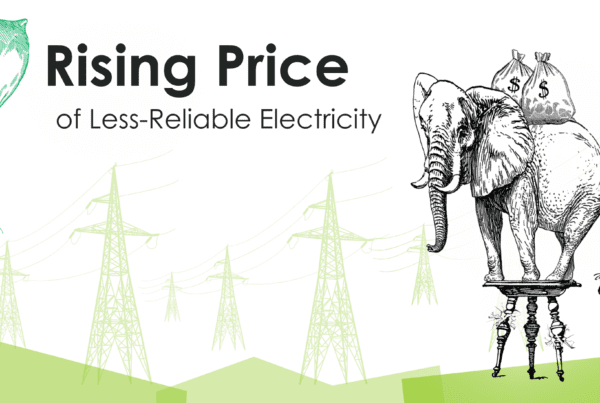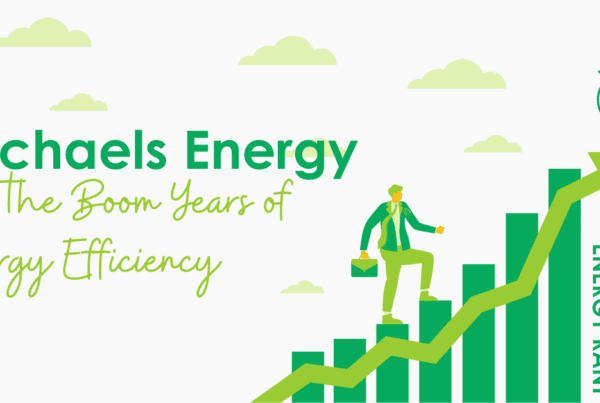
You’ve been there – on the phone trying to get some help from a car dealership, appliance store, online retailer. The menu choices are unclear, especially for auto stores (hit zero). It makes me cringe when I hear my Mom say she called Dell for help with her computer. Yikes, Mom. This isn’t the plumber on Main Street. Maybe Dell isn’t bad, but hearing my Mom say she was on the line “with them” for two hours, I have my conceptions. I would expect no help from an organization like that. Any help would be above and beyond.
So what’s it like for an efficiency portfolio administrator? I’m going to take a wild guess and say it’s not nearly that bad, but there is plenty of room for improvement. By the way, I just spent most of last week at AESP’s Summer Conference, chatting with several program implementers as they told me how worthless evaluations are. Don’t shoot the messenger! But this post describes some things I never, ever read in an evaluation report. I’ll cover more of that in a later post.
Uno POC
When we (you, me, company – anyone) do business with a product or service provider, we simply want things handled. We don’t want to have to learn how the organization functions along with an organizational chart and position responsibilities to successfully attack the Death Star to get what we need.
As for utility or statewide portfolios, large commercial and industrial customers need one point of contact (POC) who will handle everything in the portfolio, top to bottom, for the customer. For best results, they facilitate everything from the portfolio of programs to the customer. Is this ever the case? Maybe somewhere. Does an evaluation report ever suggest this? No. Some of this is due to the stubbornness of the administrator – as in “don’t tell me that cuz it ain’t gonna happen.” Then why hire an evaluator? Ah yes – to go through the motions.
Portfolios consist of a half dozen or more programs: new construction, retrofits, strategic energy management, and retro-commissioning. The customer doesn’t want to work with different people, or in some cases, even, different companies for every program.
Come to think of it, as service providers, that is what we are asked to provide for utilities we serve – one contact – one person’s neck on the line. I get it. That is how you get accountability. Organizations and teams aren’t accountable; individuals are.
Actual Strategic Energy Management
Let’s examine strategic energy management (SEM). I mentioned years ago in Strategic Anger Management, that it’s too narrowly defined – namely, it is an operational program to change a few behaviors, (a term, which I heard at IEPEC a couple of weeks ago is frowned upon – so what, I say) to save some energy. I must say, after reviewing many SEM analyses in recent months, the results even from this can be substantial.
However, measures that save now, next month, next year, five years out and beyond need to be rolled into a plan. Customers with more far-ranging certainty – those that aren’t going anywhere, like institutional, higher ed, healthcare and government – should have 10-20 year plans, and administrators should oblige. Why? A) these customers are going to be around a long time, providing a lot of revenue and B) the further out the planning is, the less work that is involved today. Little effort is required to put something on the radar and get it embedded in the organization. There is no detailed analysis or design. It’s simply conceptual planning for consideration. Things change. We will dial in the numbers as the year approaches.
For one example of long term planning, take a look at this 50% carbon reduction result, (on their way to 100%).

What I described is exactly what Luther College did. There is no best approach for all facilities, but they went for the jugular first with a new campus-wide energy management system, lopping off the first 20%. Numerous projects include lighting replacement, retro-commissioning, engaging students, and new construction.
Gee, how did they do that? Planning, commitment, and staying with it. And it’s very cost-effective. This is true for strategic energy management, rather than SEM, aka, turn the lights off and shut that machine down over lunchtime.
King SEM
Strategic energy management should be king in any portfolio. It should be the lead program that rolls everything together for the customer, as shown in the figure below. This is far superior to the customer and portfolio.
It is superior for the customer because there is one point of contact (POC), just as utilities want from us. It is superior for the portfolio because the customer is going to do a heck of a lot more with all programs. Furthermore, the SEM manager will update the regression model with all activity that impacts energy consumption. This is again equally important for the customer and for the portfolio. The customer wants to see the impacts of all actions taken, just as Luther College has shown above. The portfolio needs to account for “non-routine events” – anything other than operational changes – and the best way to handle this is with one SEM POC staying on top of it all. SEM king produces win, win, win, win, and win.





